Bisexual Lighting
Part of a series on LGBTQ+. [View Related Entries]
About
Bisexual Lighting is a slang in the queer community for neon lighting with high emphasis on pinks, purples, and blues in film. The lighting is prominent in cyberpunk media.
Origin
The colors pink, purple, and blue are the colors of the Bisexual Pride Flag, designed by Michael Page and first unveiled on December 5th, 1998[1] (shown below).

The first post to make the argument that when used in film, these colors codify bisexuality appeared on January 9th, 2014 on Tumblr. User alabellecreation-blog[2] made the argument that a scene in Sherlock which employed the lighting demonstrated that the character John Watson, though canonically straight, displays homosexual feelings towards Sherlock Holmes. With the pictures shown below, she writes:

The deep pink or rose stripe at the top of the flag represents the possibility of same gender attraction; the royal blue stripe at the bottom of the flag represents the possibility of different gender attraction and the stripes overlap in the central fifth of the flag to form a deep shade of lavender or purple, which represents the possibility of attraction anywhere along the entire gender spectrum… This is John at the moment he decides to knock that sneaky one down. This is John Three Continents Watson the ladies man…but the pink is creeping in here, the same sex attraction… But evidently John is attracted to Sherlock and he is also attracted to Mary. But that is why there’s the purple stripe in the flag. It means this person is neither gay or straight because their sexuality is between those two states. And that’s how John Watson swings both ways.
Spread
The term began seeing more use in 2017, particularly when Twitter users noticed several recent films had employed the lighting effect. On September 3rd, 2017, Twitter user @rosetiico tweeted screenshots of 2017 films Logan, Blade Runner 2049, Atomic Blonde and John Wick 2, declaring 2017 a "year of bisexual lighting," gaining over 5,600 retweets and 15,000 likes (shown below, left). On October 16th, Twitter user @harleivy made a similar tweet, using three of the same four films and replacing Blade Runner 2049 with Marvel character T'Challa, gaining 15,000 retweets and 47,000 likes (shown below, right).


In 2018, the term began seeing use in regards to music videos. Twitter user and music writer Sasha Geffen noticed the lighting effect in the Muse music video for "Thought Contagion" (shown below, left). She also noticed the lighting in recent videos for musician Janelle Monae, and on February 23rd, 2018, published a piece in Vulture[3] describing the aesthetic and how it pertained to the singer.


Various Examples






Search Interest
External References
[1] Wikipedia – Bisexual Pride Flag
[2] Tumblr – alabellecreation-blog
[3] Vulture – Janelle Monáe Steps Into Her Bisexual Lighting
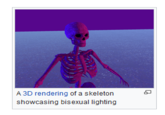
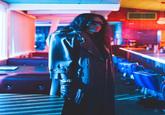

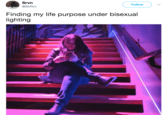

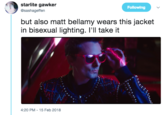

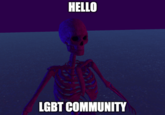
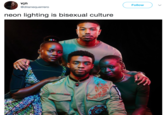




Top Comments
pilongadello
Feb 23, 2018 at 02:47PM EST
Praise Helix
Feb 24, 2018 at 04:24AM EST